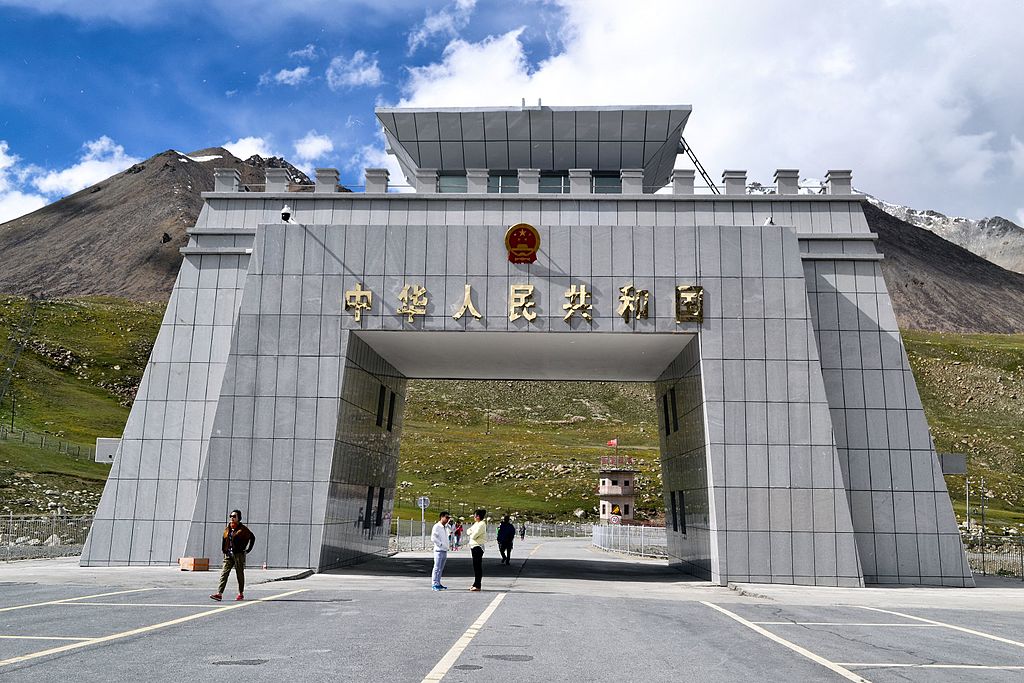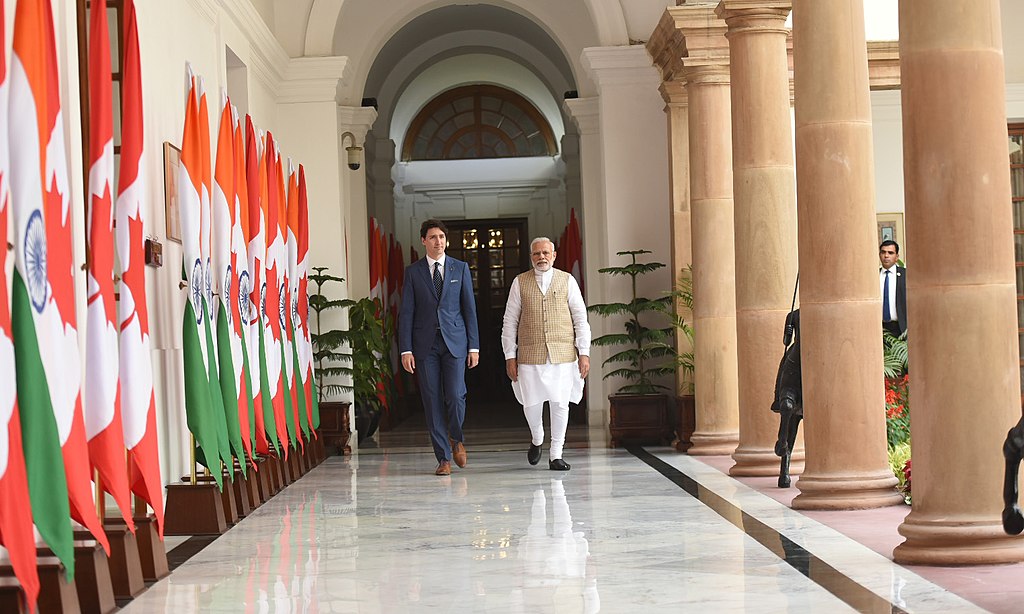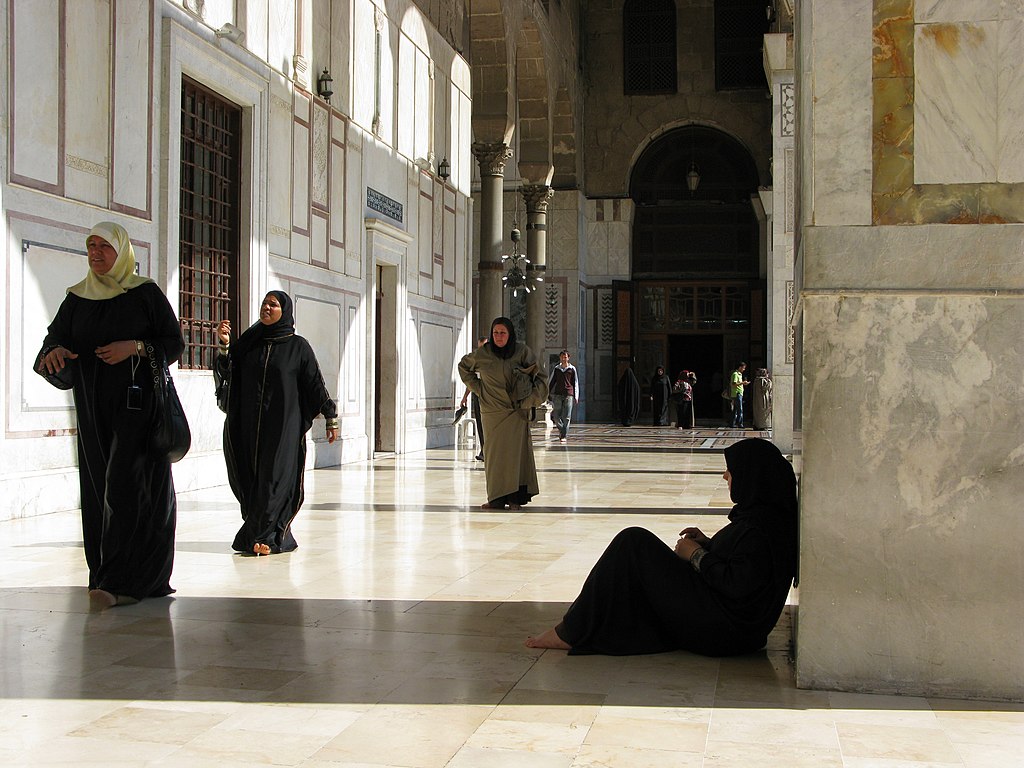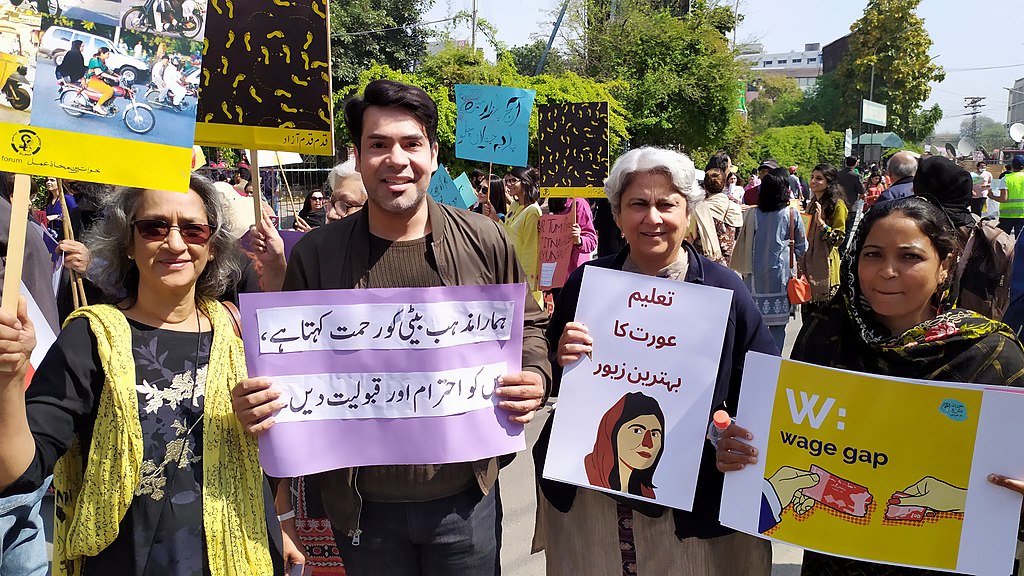This is an exctracted summary of the original discussion paper by Manjari Chatterjee Miller for Council on Foreign Relations that may be found here
WHAT IS THE BELT AND ROAD INITIATIVE?
The Belt and Road Initiative (BRI) is a Chinese infrastructure and trade project launched in 2013 to increase collaboration and communication with regional nations to bolster mutual development and prosperity. The initiative has spread beyond Eurasia and Southeast Asia to regions such as South Asia, the Middle East, and many parts of Africa. Some argue that the BRI is a grand strategic vision for China, while others see it as a way for China to gain geopolitical power.
The success or failure of the BRI also depends on the perceptions of the recipient countries and their reception of the initiative. In South Asia, there is great variation in the perceptions of the BRI and China among different countries. The success or failure of the BRI in these countries has been as much, if not more, dependent on other factors than on China. The United States should pay attention to how potential recipients of the BRI respond to China and the initiative if it wants to curb China’s influence in South Asia.
Some scholars argue that the BRI, by centering around infrastructure, has made its promises difficult to deliver. They argue that China has a misconception that investing in other countries’ domestic infrastructure will spur economic development and buy goodwill. These experts disagree that the BRI is an organized grand strategy and argue instead that it is a nationalistic but ambiguous policy initiative where implementation has been piecemeal due to Chinese national and subnational actors pursuing their own interests.
Others say that while the BRI could be a grand strategic project in theory, in practice it is a form of “party craft” that mobilizes lower-level Chinese Communist Party cadres and involves them in national participatory projects that signify their loyalty to the leader, resulting in fragmented implementation. These arguments about the BRI mainly approach analyses from China’s perspective. However, assessing these arguments in the countries where BRI projects are being implemented sheds further light on the initiative.
The varied responses of South Asian countries to the BRI show that whether they see the BRI as China’s grand strategy, as benevolent or dictatorial, or as advancing their domestic priorities, depends first on their own strategic perceptions of regional geopolitics and external threats and second on local actors and their domestic interests.
PAKISTAN AND THE BRI
The China-Pakistan Economic Corridor (CPEC) is a $62 billion initiative established in 2015 as part of the Belt and Road Initiative (BRI) to connect Southwest China to Pakistan. It includes infrastructure projects such as building a tunnel linking China and Pakistan, improving highways and railways, constructing a railway track to Kashgar in China, and upgrading airports. It also includes energy projects such as coal plants, gas and oil pipelines, and renewable energy projects throughout Pakistan, as well as the development of the Gwadar port, which is considered a strategic location for both China and Pakistan on the Arabian Sea. Additionally, China and Pakistan have created nine special economic zones in Pakistan around the projects. Despite initial enthusiasm, Pakistan has failed to manage many of the projects and has even exacerbated tensions within the country’s complex ethnic and nationalist politics, as well as within its elite.
Pakistan sees India as its biggest threat in the region, and has a history of conflicts with India, particularly over the territory of Kashmir. To balance India, Pakistan has formed a close friendship with China, and in recent years has turned to China as a promising alternative for foreign aid and support, particularly after the deterioration of its relationship with the United States. The China-Pakistan Economic Corridor (CPEC), which is worth $62 billion and is part of the Belt and Road Initiative (BRI), was welcomed in Pakistan as it promises to fill Pakistan’s infrastructure gap, bring critical energy supplies, boost industrial productivity and create jobs. However, the implementation of CPEC has repeatedly stumbled due to local ethnic and nationalist divides, as well as national elite disagreements, which have led to protests and sabotage, as well as a lack of trust of Chinese investors by Pakistani citizens.
The views expressed herein may not necessarily reflect the views of JI FAD and/or any of its affiliates






